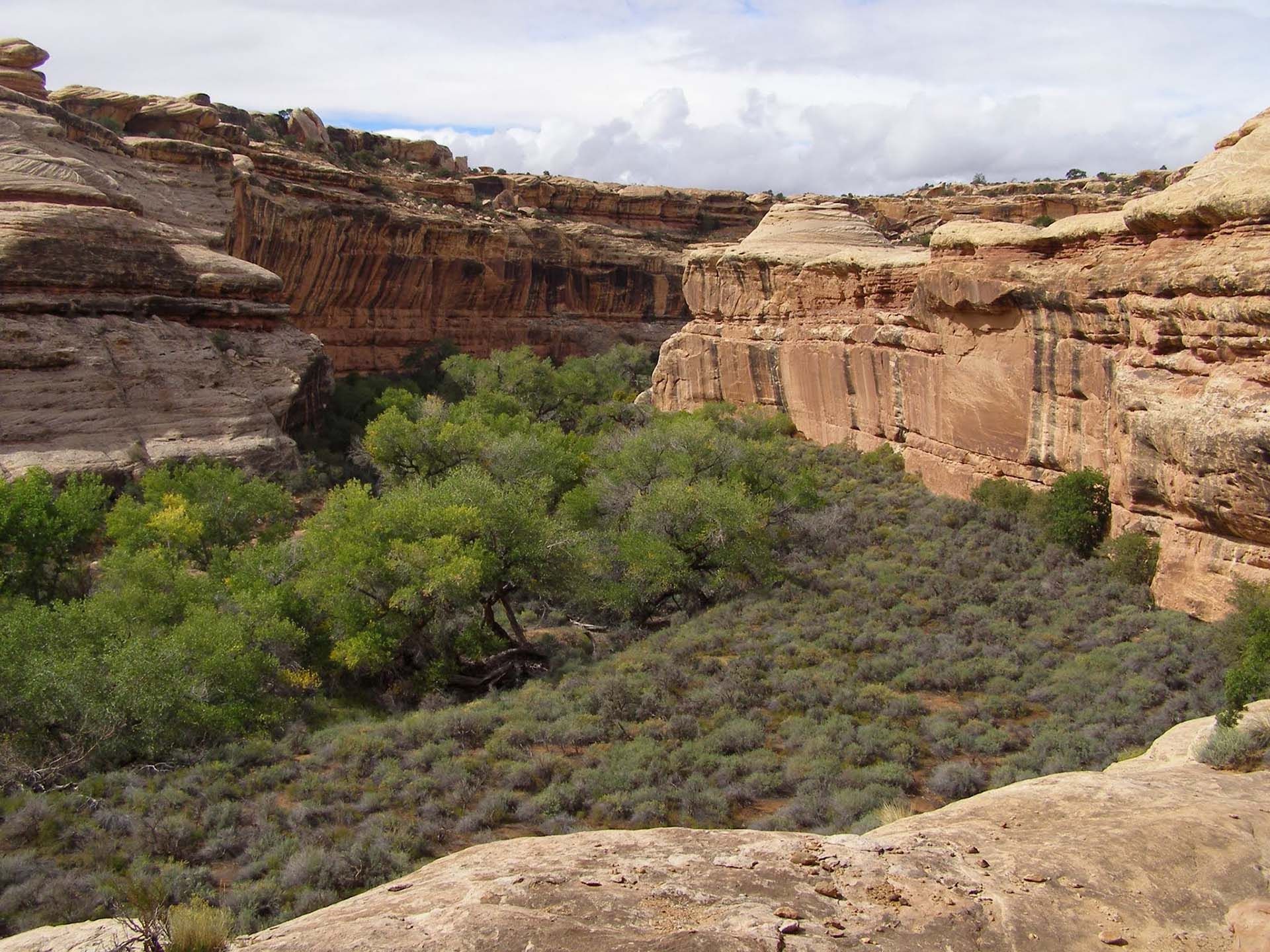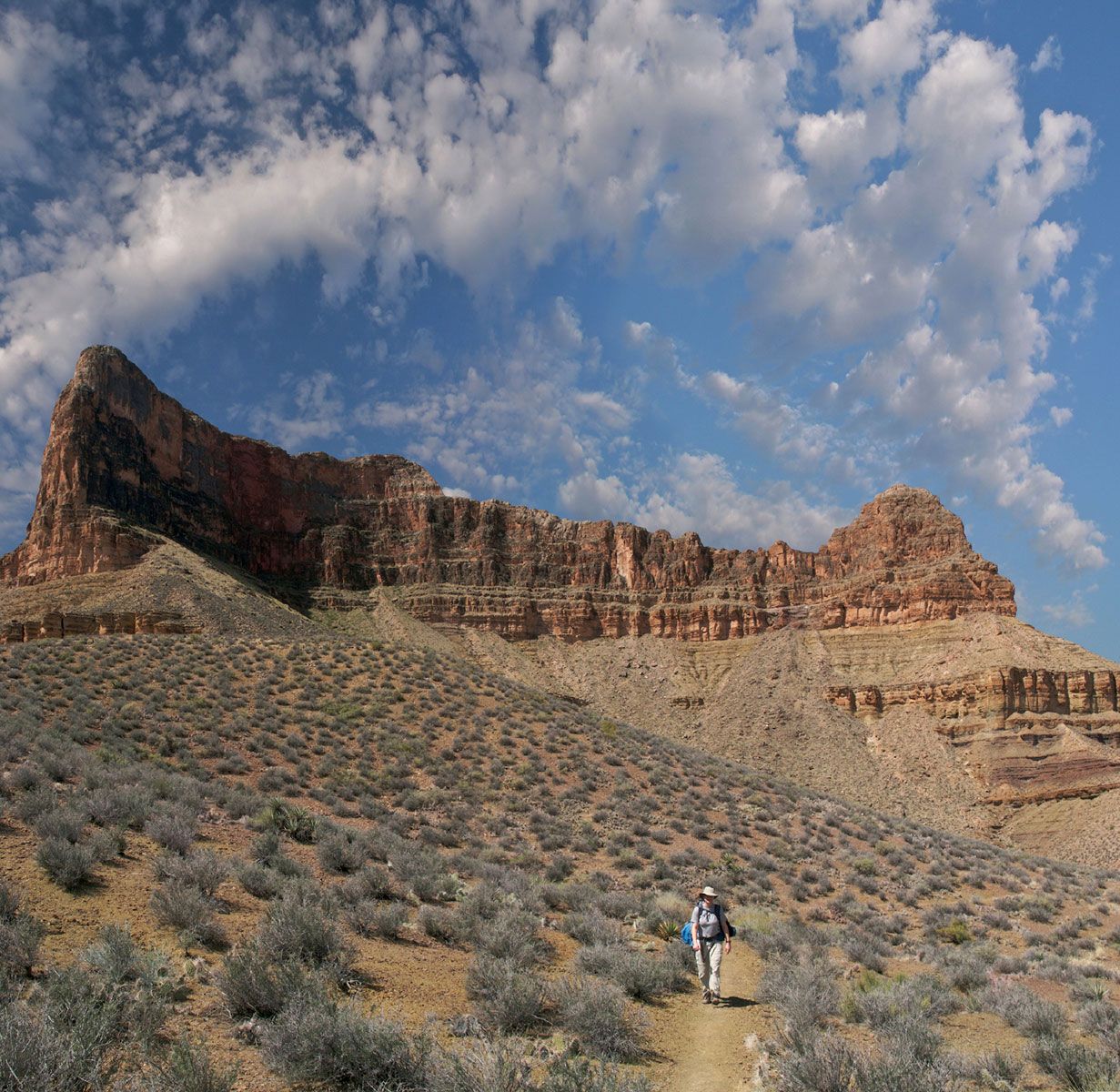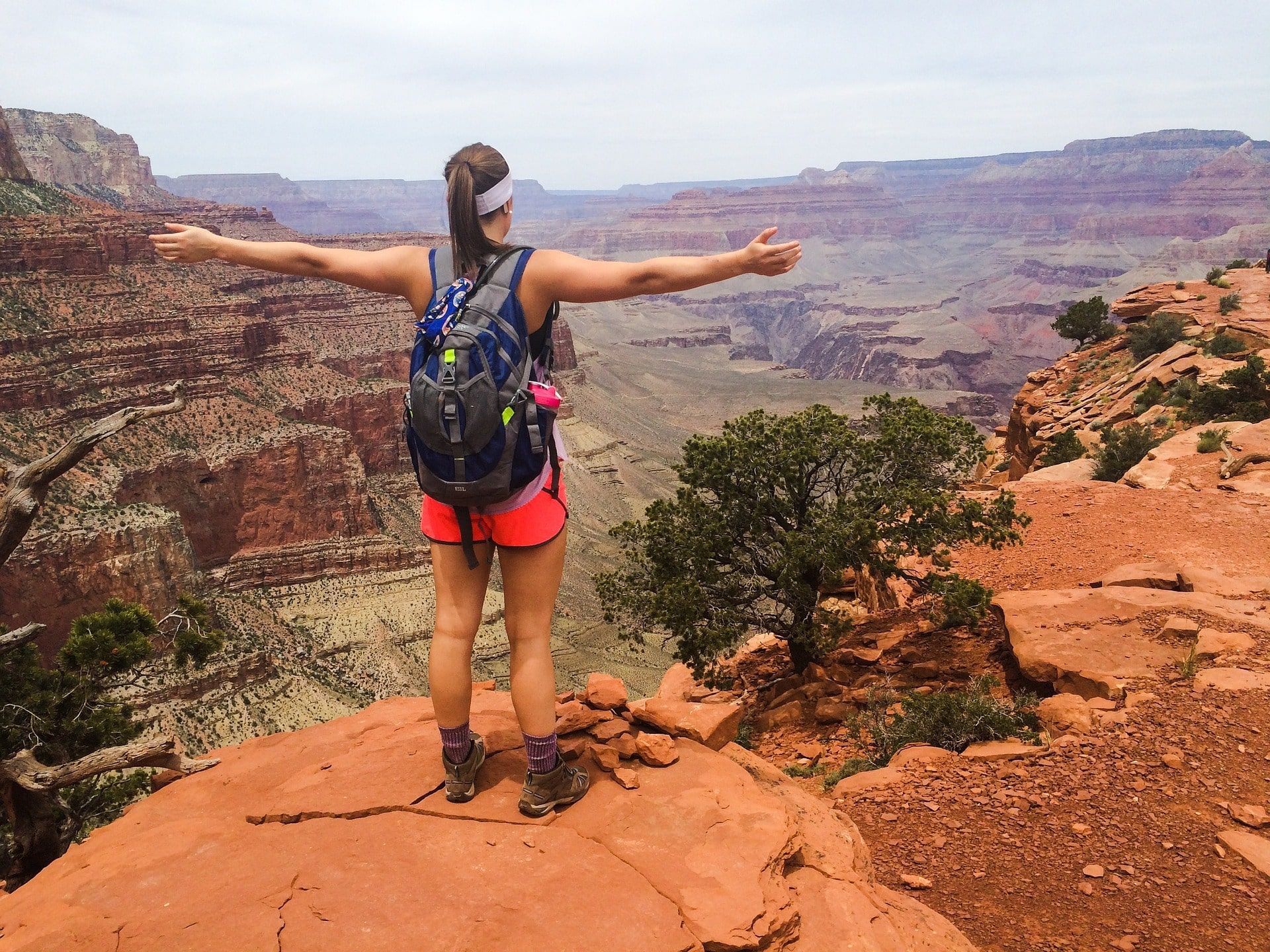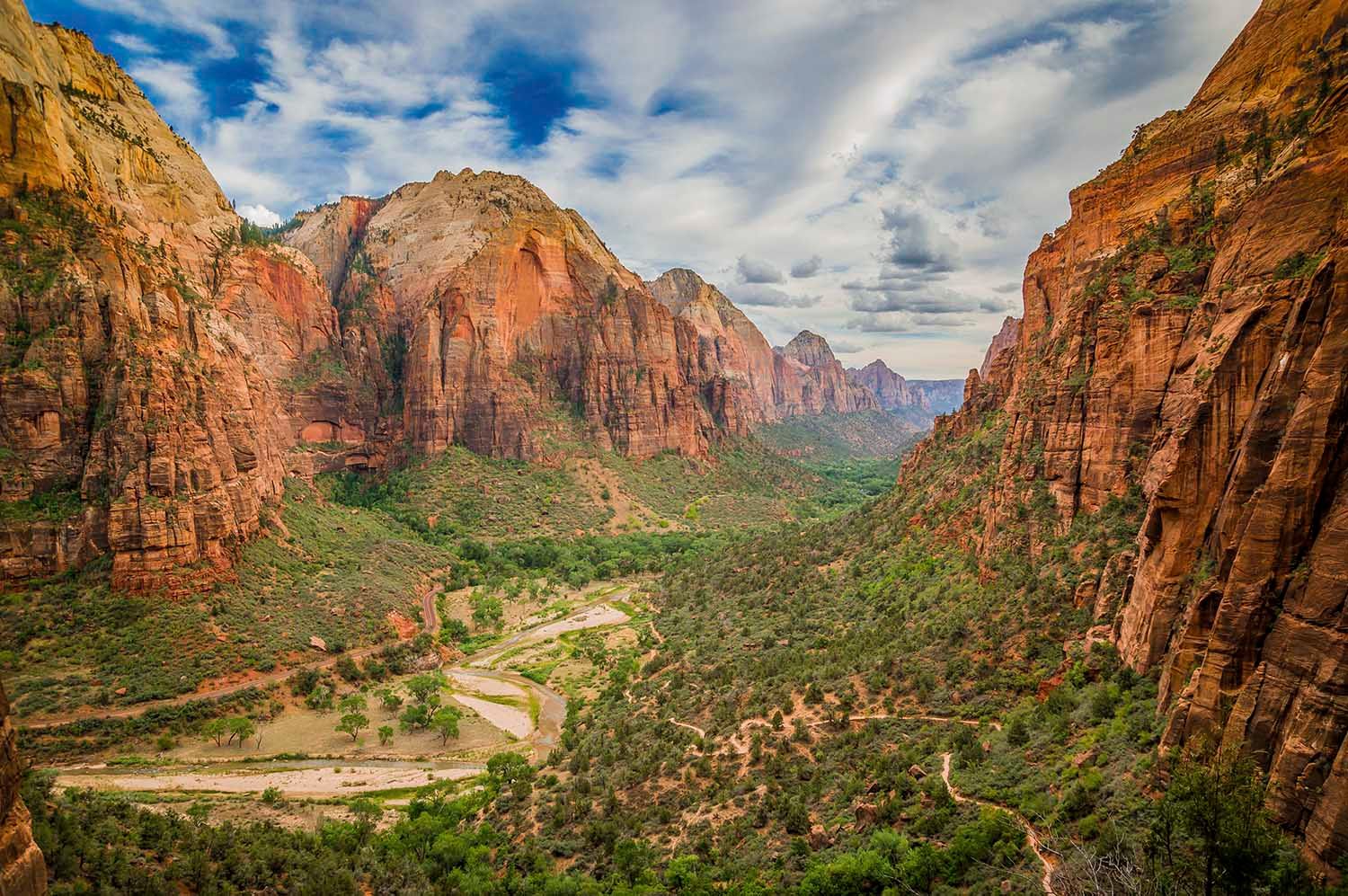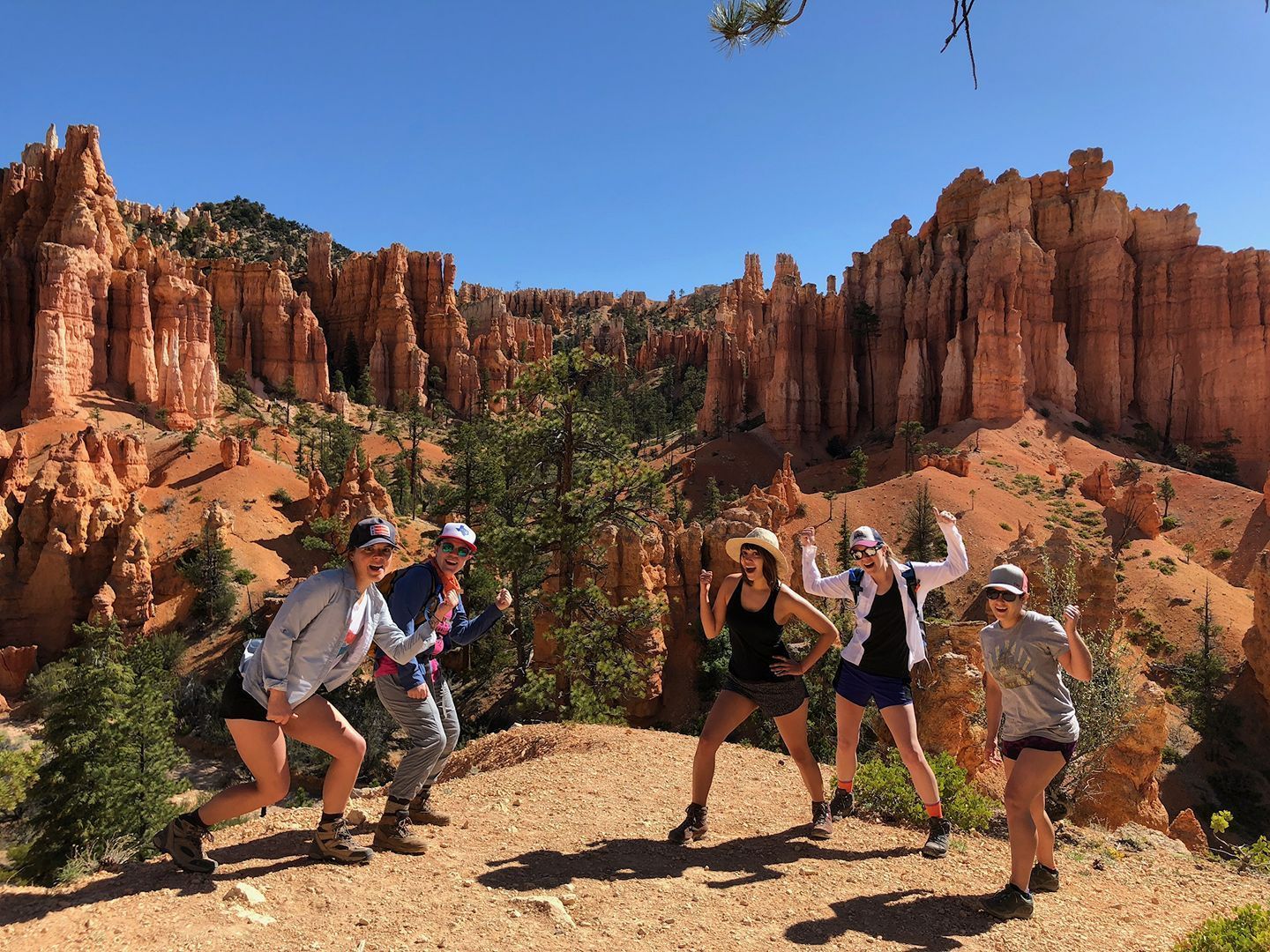A Guide to Preventing Top Hiking Injuries Before Hitting the Trail
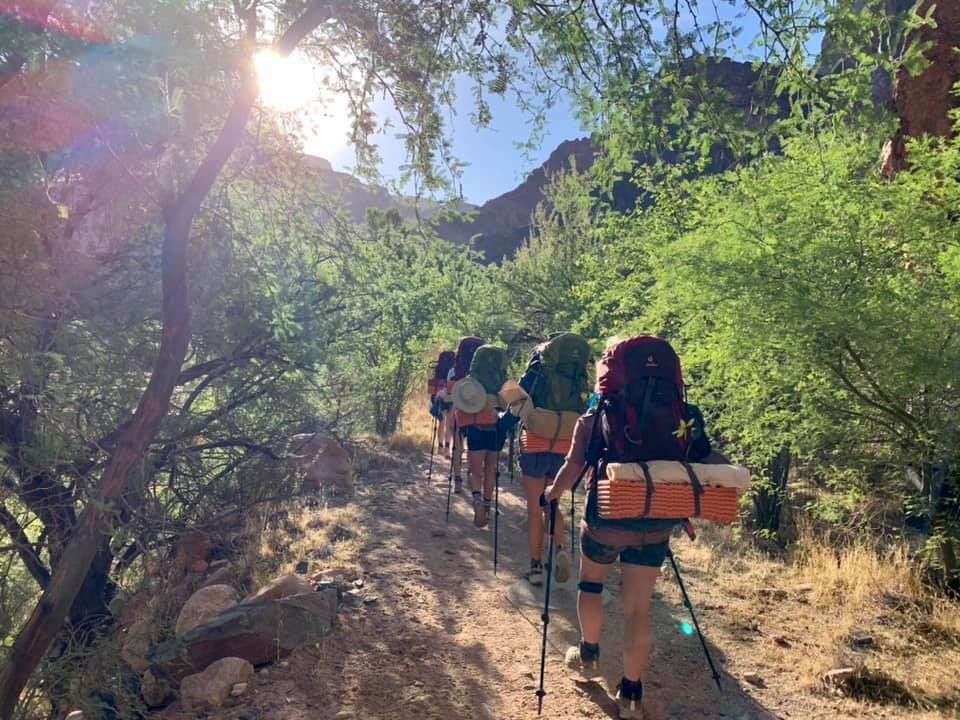
When we think of hiking or backpacking, we tend to daydream about the quiet solitude, the fresh air, the outstanding views, and the sense of adventure that can only be found in the great outdoors. Few of us think about the most common backpacking and hiking injuries. Although all injuries can’t be prevented, here are a few that may be prevented with the proper equipment and knowledge.
Blisters
Blisters develop when the skin experiences too much friction and fluid builds up under the uppermost layers of skin. The most common “hot spots” are on the bottoms of toes, between the toes, or on your heels. If not treated early, the upper layers of skin rupture and become red and painful. If left untreated, these wounds can become infected.
Blister Prevention
Break in those new hiking shoes months prior to your hike or backpacking adventure. Wear your new shoes or boots as much as possible: at work, running errands, around your house, or working in the yard. The more you wear them, the more your feet will feel comfortable within them.
Once you are out on the trail, pay close attention to your feet and try to detect any hot spots (areas inside your shoe that seem to be rubbing) as early as possible. If you notice a hot spot, take a break, inspect your barefoot, and consider applying some athletic tape, duct tape, or moleskin to the affected area…BEFORE it becomes a blister.
Sunburns
Everybody hopes for beautiful weather during their outdoor pursuits and this typically involves plenty of sunshine. However, sunburns are serious business and they can truly ruin your hiking or backpacking adventure. After all, while embarking on a multi-day backpacking trip, you will be exposed to the elements all day, every day. It is important to prevent sunburns before they occur.
Sunburn Prevention
The key to preventing sunburns is to create a barrier between the UV rays of the sun and your skin. A minimum 30SPF sunscreen is recommended and should be applied multiple times throughout the day. Waterproof or sweatproof sunscreen is also beneficial to keep the sunscreen where it needs to be, without it running off your skin and onto your clothing.
Many hikers or backpackers also choose UV protective shirts, pants, and hats. This additional barrier can prevent the sun from getting through otherwise standard lightweight t-shirts, tank tops, or shorts. UV-protective clothing is often extremely lightweight and comfortable as well and can be worn for years to come.
Heat-Related Illness
Heat illnesses occur when your body simply overheats. This can be due to dehydration, overexertion, too much sun, excessive heat, or a combination of all four factors. Heat illness typically progresses through stages from less severe to life-threatening: dehydration, heat exhaustion, and heatstroke.
Heat Illness Prevention
Limiting your exposure to hot temperatures is the first step. If the forecast calls for long, hot days, then plan to focus your hiking to the early morning and late afternoon hours. Rest and relax in the shade between 10 am and 4 pm.
Stay well-hydrated. It is often recommended that one drinks a minimum of one liter of water for every 1.5 hours of exertion. But listen to your body and drink regularly. If you find yourself overly thirsty, it’s time to stop (in the shade), relax, and drink water. Adding electrolyte supplements to your water can help as well.
Also, be aware of the way your body feels in the heat. When the body begins to overheat, you will notice symptoms such as impatience, lethargy, an increase in heart rate, or dizziness. If you feel any of these symptoms it’s important to get out of the sun, rest, nibble on some salty snacks, and drink water. Don’t continue hiking until the initial symptoms have abated. Heat exhaustion can rapidly progress to heat stroke if proper measures are not taken and heatstroke is a serious threat to life and very difficult to reverse in the backcountry.
Remember that the more prepared you are for your hike or backpacking trip, the better your experience will be. Also, hiring an Outfitter or a seasoned Guide can be preventative in itself. Guides who lead hiking or backpacking adventures are experienced in all types of weather conditions and all types of situations. They can provide invaluable advice and be great reminders for preventing hiking injuries.
Four Season Guides is an all-inclusive guided backpacking and hiking company located in Flagstaff, Arizona. Four Season Guides is guide-owned and operated and has been in business for over 20 years.
Four Season Guides, 506 N Grant St suite o, Flagstaff, AZ 86004, United States
+19285251552
35.19653980, -111.62000560

